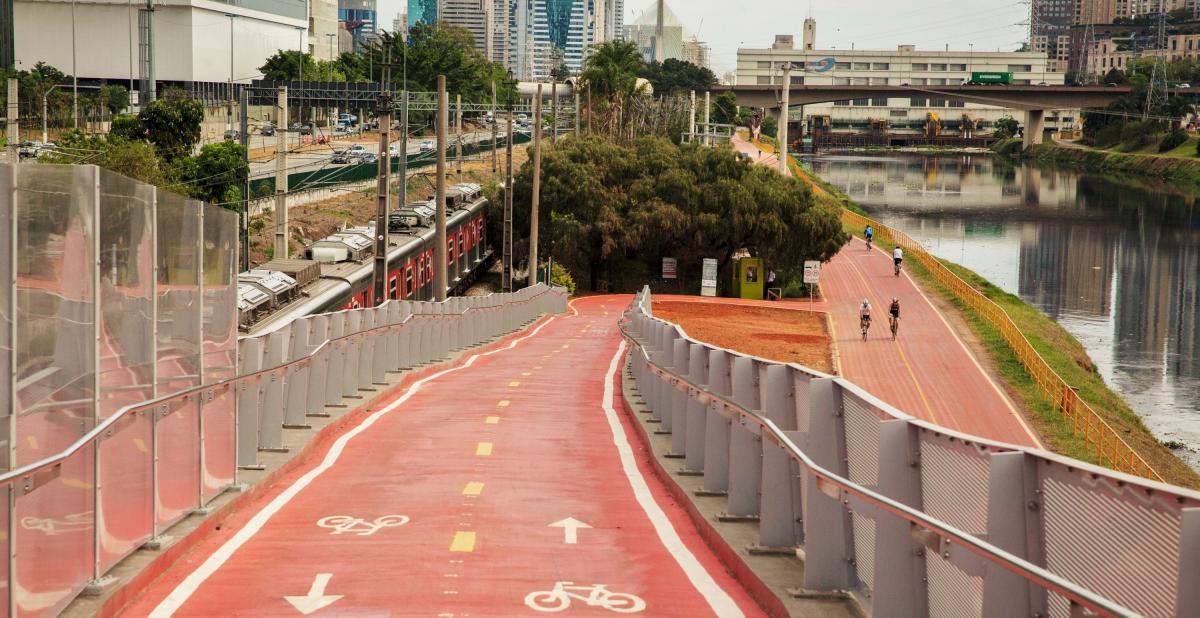Lesson
Part of: Design Principles of Cycling [Draft Version]
How to Design Signs and Markings?
BOOKMARK
Easily identifiable and consistent pavement markings, infrastructure and signs help people see and understand the network. The primary purpose is to indicate the presence of a bicycle facility or to make that facility clear to bicyclists, motorists, and pedestrians.
Cycling signage includes several sub-categories:

Bike lane markings include any signage applied to the pavement and intended to designate a specific right-of-way, direction, potential conflict area, or route option. Markings may be used to augment a particular lane, intersection, or signal treatment.
Markings can be used to:
